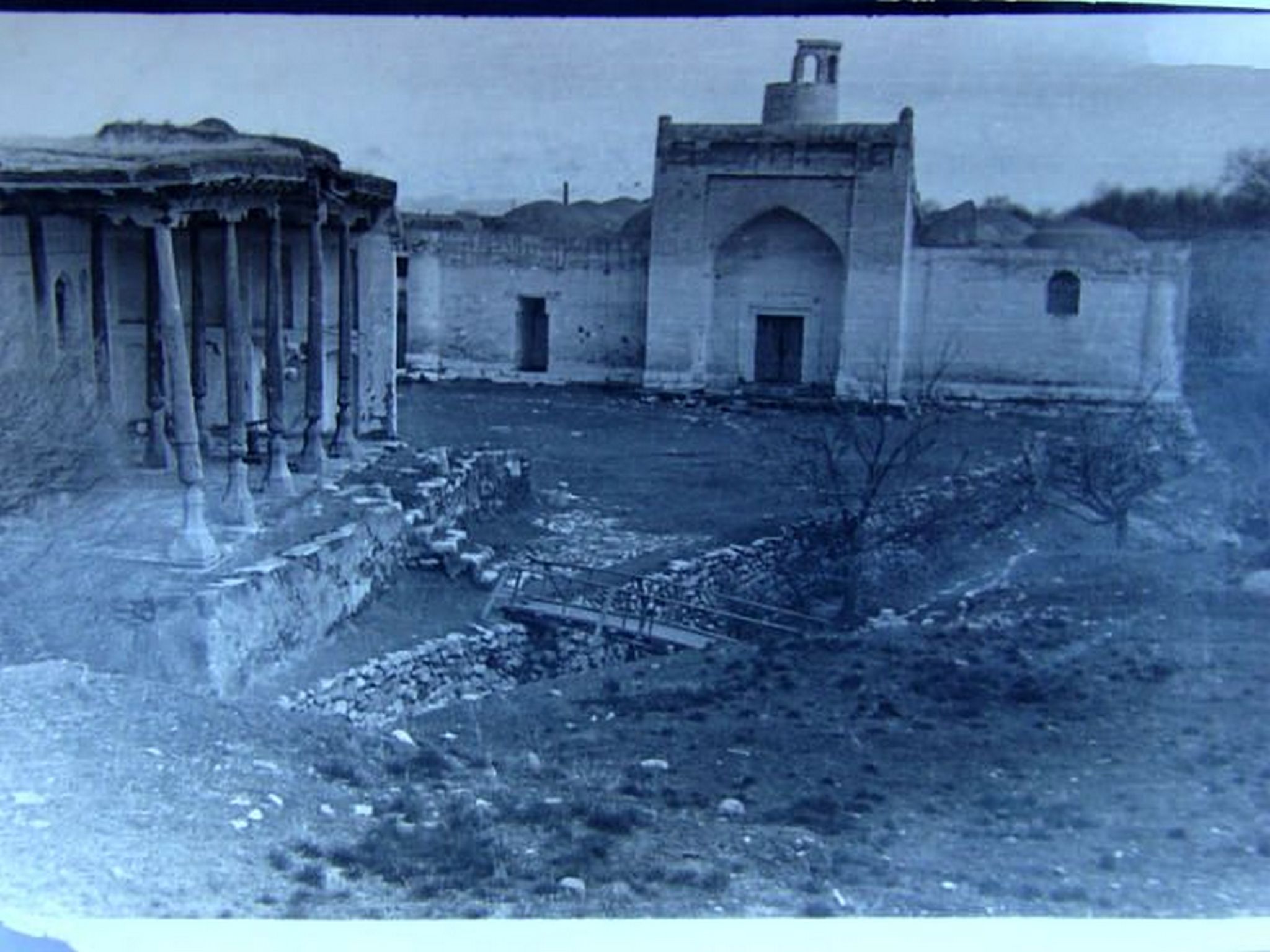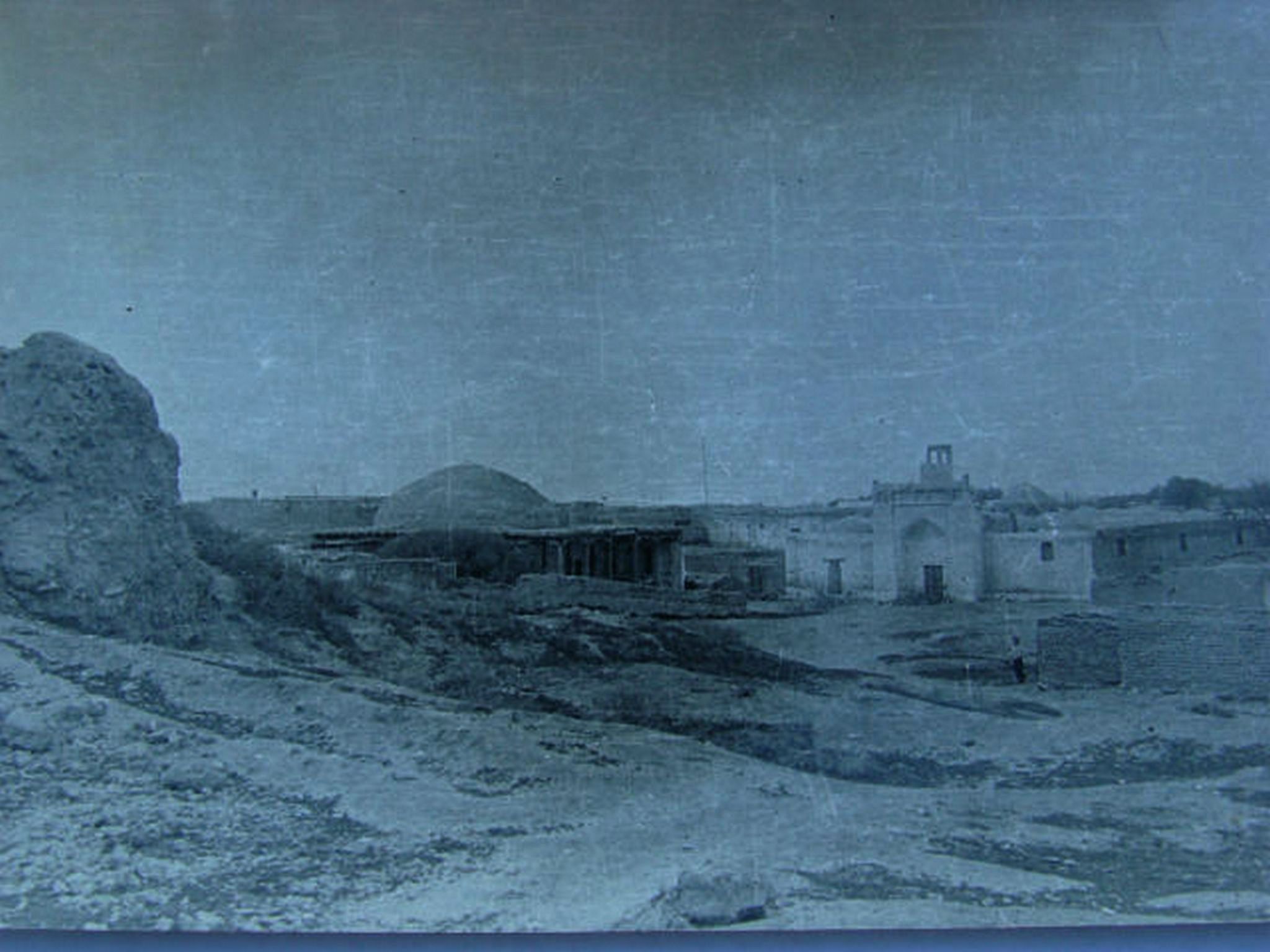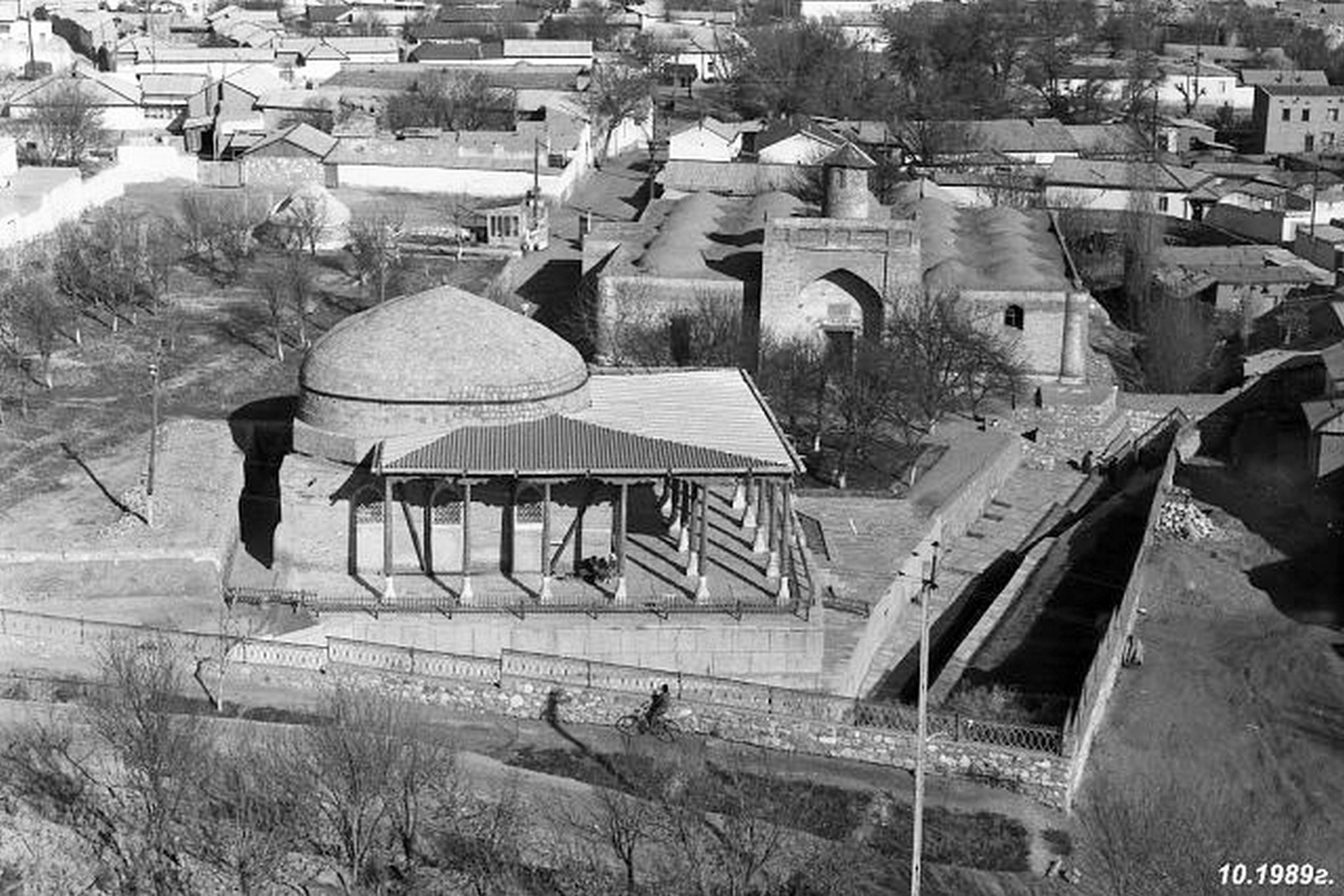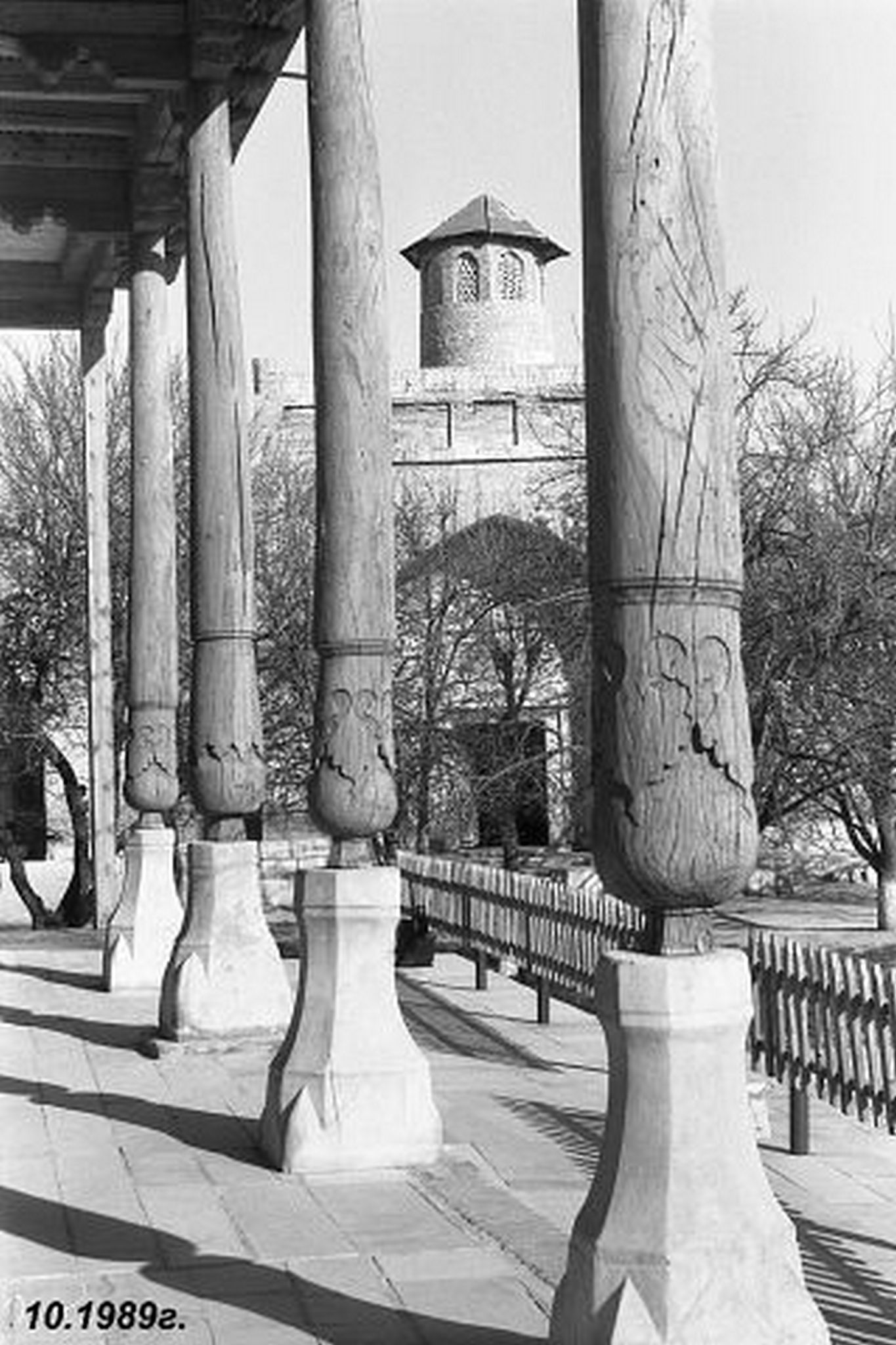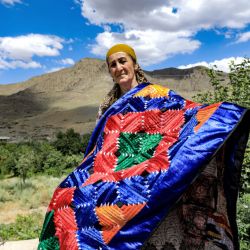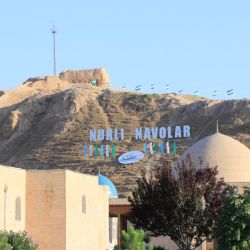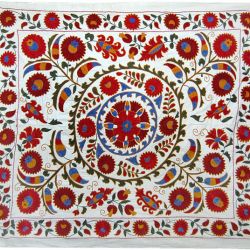In a situation where villages and neighborhoods in our country are becoming more beautiful and cities are becoming more beautiful, special attention is being paid to their past history and culture. After all, as the President noted, "today we have such a historical opportunity that we must return to the veins of our great culture, the roots of our ancient heritage, and apply the rich traditions of our past to the construction of a new society."
The city of Nurota, which has a rich history of our country, is geographically located in the center of Uzbekistan. Nurota district borders Jizzakh to the northeast, Samarkand regions to the southeast and east, and other districts of Navoi region to the west and southwest. The city of Nurota, the center of the district, is famous for its rich and unique nature, zilal and holy springs. At the same time, the history of the city goes back to the distant past.
Abu Bakr Narshahi gives information about this historical city, which has entered the history pages under the name of Nurato or Nuri Bukhara, and records it as a historical place within Bukhara. If we assume that Narshakhi lived in the 9th-10th centuries, and if we take into account the fact that he wrote down information about this region in that period, then there is no doubt about the antiquity of Nur. Even at that time, this place was a place for pilgrims to visit. The holy spring in the western part of the shrine and the sacred fish in the spring attract one's attention. Above the spring, in its western corner, a sagana and a tombstone are placed. This monument belongs to the famous Sayyid ad-Din Abu Hassan with the Nuri nisab.
The architectural monuments are mainly the product of the Shaibani period and were renovated in the later periods, that is, during the rule of the Mangite dynasty. According to Narshahi, there were mosques and mosques in Nur. Most of the pilgrims are residents of Bukhara, as well as many people from other places. Even now, most of the people who come here are from Bukhara and its surroundings. Narshahi wrote that those who returned from the Pilgrimage of Light should have the virtues of pilgrims. The fact that the light is a shrine is related to the presence of sacred sites on the ground in this place. This is evidenced by the presence of the holy spring, fish, historical monuments, the graves of historical figures such as Sa'id ad-Din Abul Hasan Nuri, Ar-Rumi, as well as the graves of subjects who came to Movarounnahr during the Arab occupation and died in this soil and were buried in Noor.
The ancient history of Nur is associated with the conquest of Alexander the Great. In one of the villages around Nur, there is a symbolic mausoleum of him and his mother, and this place is also considered a holy shrine. However, there is no concrete evidence that the Macedonian conqueror founded Nur, there are only legends, some long legendary stories that are the product of folklore.
It should be noted that although the ancient history of Nurota is mentioned in the written sources and narrations of different periods, the history of the city and its surroundings has not been scientifically studied enough. In the beginning of the 50s of the last century, the short-term scientific researches of the scientific group headed by Ya.G. Gulomov and in the 70s and 80s, the researches conducted by the researcher of the Institute of Archeology of the FA O.M. Rostovtsev shed some light on this field. Our short-term investigations in and around Nurota have shown the need for extensive historical archeological research in the area.
First of all, according to the unscientific assumptions about the name of the city, the city was founded by the order of Alexander the Great, and it was known in the Middle Ages as "Nur", "Nuri Bukhara". In the works of medieval historians Narshakhi, Juvaini, Istakhri, the ancient city was mentioned as "Nur". It is possible that the term "Nur" appeared in relation to the fountain in the city's urban area. Because water evaporates and rises from the spring at the foot of the mountain in spring and winter. This water vapor is exposed to the rays of the morning sun to form a rainbow, and the light appears to be rising from the ground.
If we look at the more ancient history, at the time when the city of Nurota appeared, the present territories of Nurota were part of the ancient Sogdiya region. According to the results of the research carried out in recent years. In the 7th and 4th centuries, the border of Sogdiya was bounded by the Bukhara oasis in the west, the Hisar mountains in the east, the lower reaches of the Kashkadarya and the Kohitang hills in the south, and the Nurota mountains in the north. The land of Sogdiya, which occupied an important place in the socio-economic and political life of Central Asia in ancient times, is mentioned in various sources under the names Sogda, Soguda, Sogdiyona. There are currently no clear ideas about the origin of these names and their meaning. Some researchers (V. Tomashek) say that this name is derived from the Iranian word "SUS" - "burning, shining, shining", others (O. Smirnova) say that this word means "land of fertile oases".
Nurota district, Islam Karimov Street 48 House


